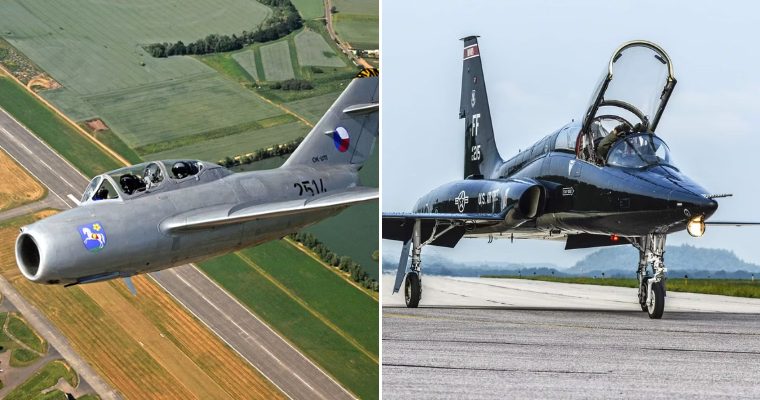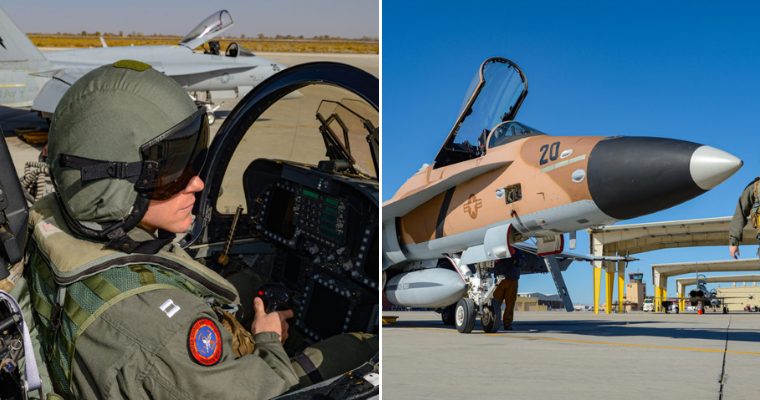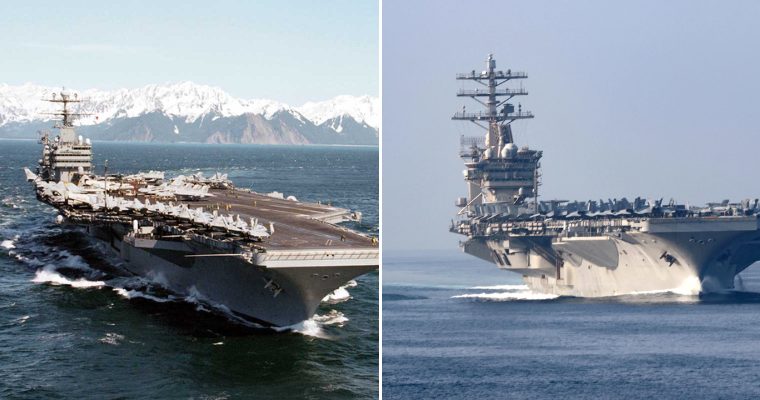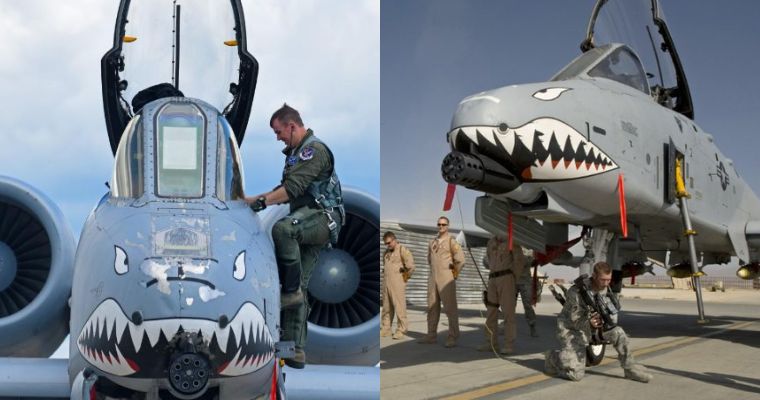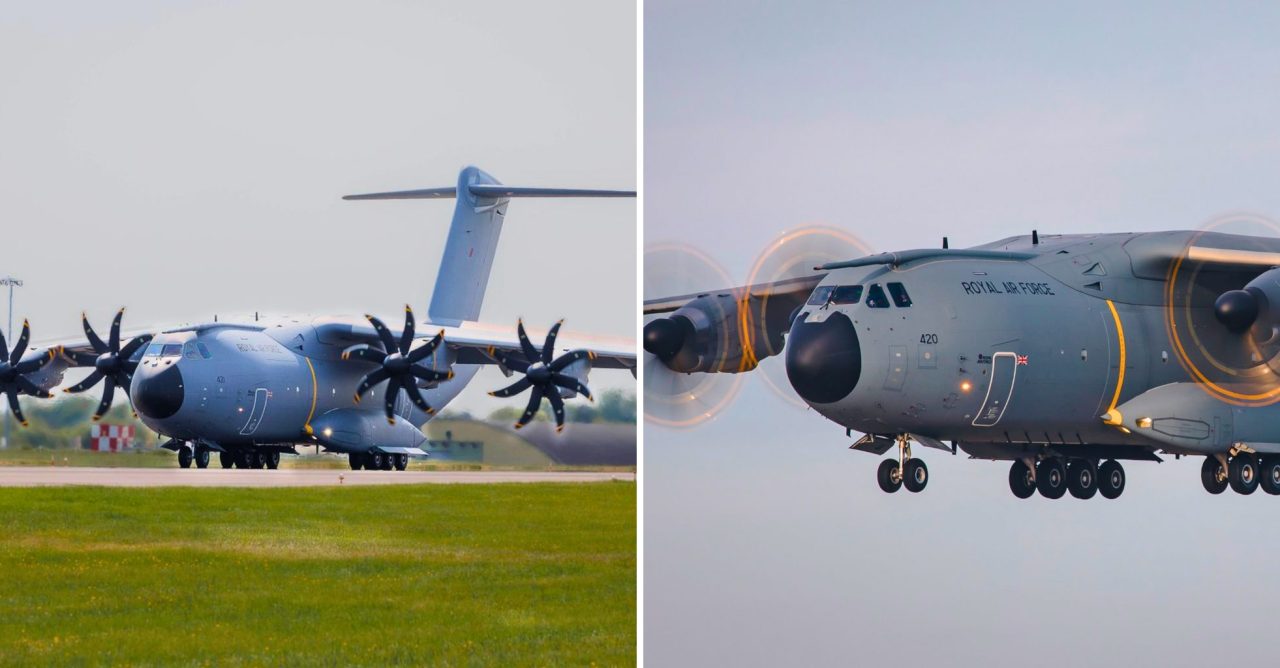Hello everyone and welcome back to the Fluctus Channel.
Referred to as the most advanced combat jet on the planet, the Lockheed Martin F-35 Lightning Ii was designed to fly as a multi-role fighter aircraft, versatile enough to execute a wide range of mission types, including air superiority, ground attack and reconnaissance.
This 5th generation fighter jet incorporates more Advanced Technologies, such as improved sensors and Communications, as well as Network Centric Warfare capabilities.

Though the program proved far more expensive than initially estimated, it resulted in three variations of the F-35, all of which boasts unique capabilities and advantages.
Perhaps most notable of these is the F-35b, which is capable of both short and vertical takeoffs and landings thanks to an additional engine behind the cockpit.
Though Lockheed Martin is the credited designer and manufacturer of the F-35, its competitor, Northrop Grumman, also plays a critical role in the production of the plane integrated assembly line, or Ial.

This Palmdale, California facility produces the center fuselage of the F-35.
It does so using highly Advanced Technologies and processes.
For instance, the factory features high levels of automation throughout its various work cells.
This allows the Northrop Grumman team to assemble each part of the aircraft efficiently, affordably and with high precision.
The production line utilizes everything from robotics to laser-guided measurement systems to state-of-the-art tooling equipment at all stages of the process.
Aside from creating the fuselage, the Ial also produces the f-35’s radar, Electro Optical avionics and communication subsystems.
Perhaps one of the most Innovative features of the Ial is its use of projection Works technology.
This actually uses lasers to project instructions directly onto the fuselage, assuring that mechanics and assembly professionals know exactly which Fastener to use at each of the thousands of assembly points.

Single Innovation is predicted to save the company more than 100 million dollars.
Though such advancements may seem like small steps forward, they set new standards for producing aircraft worldwide.
Foreign companies will be able to build upon these accomplishments so that they can continue to reduce costs and production times while creating a more advanced end product.
The B variation of the F-35 was specifically designed for use by Marines abort amphibious assault ships.

For this reason, it boasts vertical and short takeoff and Landing capabilities.
This is achieved via a lift fan mounted behind the cockpit.
This fan rotates downward, providing thrust that helps push the F-35 up, not unlike a helicopter, is supported by a swiveling rear exhaust nozzle that can direct the main engine thrust downward as well, providing additional lift to the rear of the aircraft.
Once the plane is Airborne, the lift fan is turned off and the main engine exhaust nozzle slowly assumes a forward thrust position for conventional flight.
Thank you.

When it comes to military transport aircraft used by the military outside the Us, the Airbus A400M, developed by Airbus defense in space, proves to be a versatile contender.
Though Airbus is generally known for making commercial planes, it also manufactures and sells a variety of aircraft for use by the German, French, Spanish and British Air Forces.
400m, designated the Atlas, is one of the newest of these military crafts, having just been introduced in 2013.
Its 148 feet long and 48 feet high, boasting a wingspan of just over 139 feet.
Though it’s quite similar to much other military cargo craft and size and purpose, it features Advanced avionics, improved range and performance and some of the most efficient turboprop engines in the World- foreign.

Of course, producing an advanced aircraft like this demands an equally Advanced production facility.
The primary A400M production line is located in Sevilla, Spain, but there are also facilities in Bremen, Germany and other parts of Europe.
Airbus is known for manufacturing components and parts at multiple factories and then delivering these semi-completed sections for final assembly.
As such, the production process to create a single A400M involves the integration of parts and systems from dozens of suppliers across the continent.

These include engines from Europrop International, wings from the Uk and sections of fuselage from Spain, Germany and France.
The A400M production line in Sevilla is designed to accommodate the Assembly of multiple aircraft simultaneously.
Altogether, the paint shop, assembly station and testing facilities cover more than 200 000 square meters.
All throughout, the facility features state-of-the-art equipment and advanced production processes, including laser measuring systems, Robotics and more.
Even the painting process is heavily automated, though not to the point that humans are completely cut out of the process.

At full capacity, it’s possible for the Sevilla location, with the help of its partners, to produce 25 A400ms every year.
Because of Airbus’s distributed production, it’s essential that they’d be able to move fully assembled sections of the A400m over thousands of miles quickly and efficiently.
For this, the company came up with its Beluga delivery aircraft.
Massive planes boast bulbous cargo sections with up to 78 000 cubic feet of volume.
This allows them to deliver Wings, tail sections and entire pieces of completed fuselage directly to the Sevilla facility.
There are a total of five belugas operating around Europe at any given time.
This is integral to ensuring that Airbus doesn’t encounter logistical problems which might hinder its ability to deliver planes on time.
Both during and after assembly, each A400M will undergo a series of assembly and testing phases before they are delivered to customers.
This includes structural assembly, installation of electrical and hydraulic systems, installation of avionics and Mission equipment and final testing.
For instance, Wings will undergo structural testing long before they are actually attached to the aircraft.
This also includes a fuel leakage and calibration testing, which ensures all components have been assembled properly.
Once fully assembled, the aircraft will be moved to an outdoor testing station for the first time.
Here, the A400M will be put through tests that simulate various real operational conditions.
This ensures that the aircraft will perform as expected for the duration of its product service life.

Data is also carefully recorded during these tests, so Airbus can further streamline its operation without slowing it down.
Once ground testing is done, the aircraft will be painted according to the customer specifications.
Next comes the most important test of all: the first flight.
To accomplish this, Airbus has hired a team of pilots and Engineers who will put the A400 through various flight scenarios, all while collecting data from all of the plane’s various systems quickly.
Once this team is completely satisfied with the quality of the aircraft, will it be delivered to the customer.
In addition to production activities, the Sevilla facility also houses a range of support functions, including engineering, procurement and Logistics.
This allows the site to provide comprehensive support throughout the entire life cycle of the A400M, from initial design to in-service maintenance and upgrades.

Before the introduction of the A400M, one of the most successful military cargo aircraft to appear in the last 30 years was the C-17 Globemaster, developed for the American Military by Us Aerospace company Boeing.
The C-17 is a versatile and highly capable Transport Aircraft.
It could operate from unimproved runways and austere locations to carry out a wide range of missions.
Among the C-17 Specialties are airlift, airdrop and air refueling missions, which have already allowed it to operate with great success in both Afghanistan and Iraq, as well as in various humanitarian and disaster Aid capacities.
Boeing has long maintained its position as one of the leading designers and producers of military aircraft.
As such, the C-17 assembly process is highly streamlined and extremely efficient, taking place at the Boeing integrated defense systems plant in Long Beach, California.
This process starts with fuselage assembly, which consists of joining the four Center and aft sections, after each is assembled separately.

After this, the wings are attached as a single unit, followed by horizontal and vertical stabilizers.
From there, the landing gear and engine components are installed, followed by the Avionics before testing and evaluation.
It takes roughly two to three weeks to assemble a working C-17.
That’s the end of this video.
I hope you enjoyed it.
Make sure to subscribe to this channel so you don’t miss any of our new content.
See you next time.
